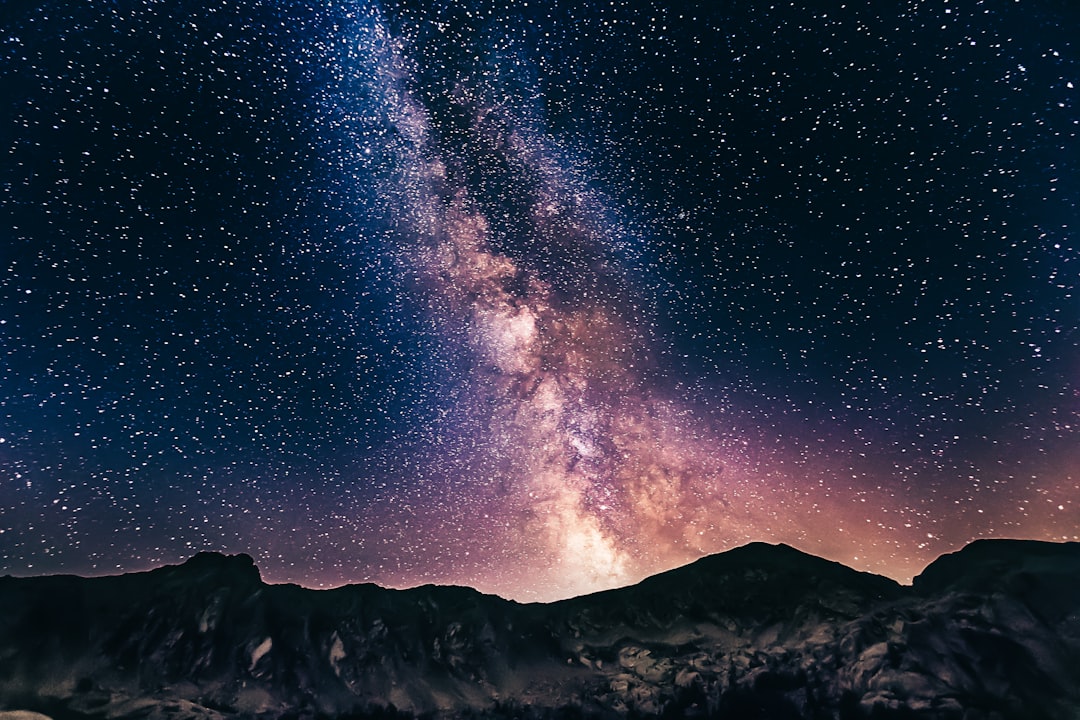You can buy one of our star maps which capture a special moment in your life and it’s easy not to even question: what are these things I’m choosing to attach such a precious memory? Humankind has an ancient affinity and reverence for the stars. They are symbolic of romance itself. That’s why, if I may say so myself, a personalized star map makes the ideal gift. What are stars though? What are these little dots that make us feel all sorts of wonderous emotions?
We all know roughly where they are: in the night sky. We also know what they look like: little white dots (or something more poetic!). You might want to know a bit more about them. What are they made of? How far (or close) are they? How many types of stars are there? How did they form? So many questions! In fact, if you’re feeling confident about your star knowledge, you can take our Ultimate Star Quiz. A gold star to anyone who gets more than half right!
How do stars become stars?
Stars begin their life as nebulae: clouds of dust and gas. These are cold and relatively lifeless entities but it just takes one catalyst, in the form of a comet or the shockwaves from an exploding star, to give it the energy it needs to take the next step.
Cloud particles start moving, colliding with one another and merging together. This creates a higher density of mass which creates more gravity (more mass equals a stronger gravitational pull). Over millions of years, the nebulae clumps together to form a protostar.
All these binding particles create a huge amount of heat and when the protostar reaches 7 million kelvins, the hydrogen atoms start fusing together to create helium (and even more energy is unlocked). This reaction is known as nuclear fusion. The outward energy being created is less than the gravitational energy keeping them together so the star keeps its form, drawing new material into it.
After millions of years, when enough of the star has collapsed, the outward energy exerted by nuclear fusion outweighs the energy of gravity’s pull. This is then a main sequence star, just like our sun (which is specifically called a yellow dwarf star). It can take millions more years before the star then starts to expand, reach a sort of elastic limit and implode in on itself.
How long do stars live?
That depends on its mass. The higher the mass, the quicker the star burns out. This could be useful for our Ultimate Star Quiz (hint hint)! A star with 20 times the mass of our sun would burn out 4.5 times as fast, for example. A “massive star” will end up as a red giant, then a supernova and finally a neutron star or a black hole. An “average star” will become a red giant, followed by a planetary nebula and finally a white dwarf.
How many stars are there?
We don’t know exactly, but according to David Kornreich’s calculations there are roughly 1,000,000,000,000,000,000,000,000 stars. That’s 1 septillion in the American numbering system and 1 quadrillion in the European system. He even felt this was an underestimation.
Again, we don’t know exactly but, in our Milky Way, one calculation puts the number of stars at approximately 100 billion. We can only see 9,096 of these with the naked eye (4,548 from each hemisphere).
Which is our closest star?
The sun! But after that it comes Proxima Centauri (4.24 lightyears away), Centauri A & B (both about 4.36 lightyears away). These are all in a system (like our solar system) called Alpha Centauri.
Do the stars move?
Stars appear to rise in the east and set in the west but this is due to the earth’s rotation. The stars do have their own movement through space. Because they are so far away, however, this movement appears to us as relatively small.
Are we made from star dust?
Essentially, yes. Stars which have gone supernova are responsible for creating many of the elements which make up our bodies including oxygen, carbon, hydrogen, nitrogen, calcium, phosphorous and more.
Any Questions?
You may have many more questions about the stars and our Ultimate Star Quiz just might have some of those questions too (it’s quite a big quiz!) so if you’re feeling particularly stellar then click the link to find out more.
Know enough? Then you’re certainly ready to order yourself a beautiful map of the stars to commemorate that time when the stars aligned for you. Some Under Lucky Stars customers have even felt inspired to give astronomy a go. Have a look at our Learning The Stars series, if that sounds like it could be you too. You can also check out our #SaveOurStars campaign to help preserve our view of the night sky.
You’re a superstar, thanks for reading!






